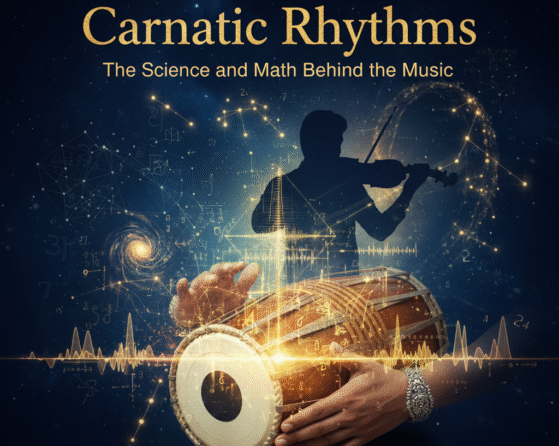How to Train Your Voice for Hindustani Classical Singing
Train for Hindustani Singing to explore more than just melodies Hindustani classical music is not just about singing; it’s about expressing emotions through beautifully refined notes. Whether you’re a complete beginner or someone who wants to get deeper into Indian music, voice training is your foundation.
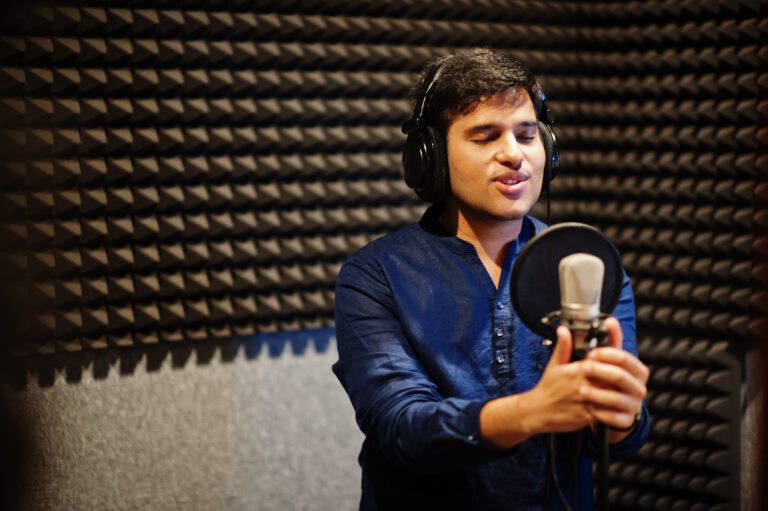
1. 🎵 Start with Basic Voice Culture Exercises (Swar Sadhana)
The first step in Hindustani vocal training is Swar Sadhana—the practice of singing basic notes (Sa, Re, Ga, Ma, Pa, Dha, Ni, Sa).
✅ Practice singing Sa to Sa (octave) slowly with correct pitch
✅ Use Tanpura or a tanpura app for support
✅ Stay steady, relaxed, and focused on sur (pitch)
Tip: Spend at least 15–20 minutes a day on Swar Sadhana to build pitch accuracy.
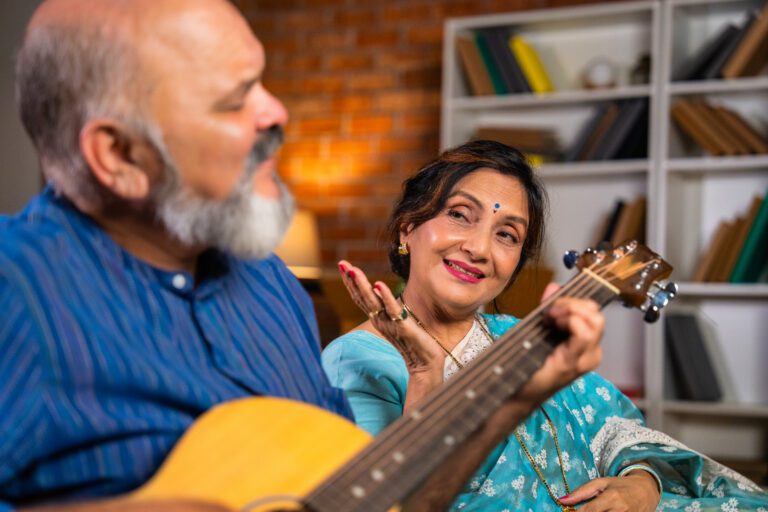
2. 🎯 Focus on Breath Control & Voice Stability
Breath is your power. You must control it well to sing long phrases (alap or taans) without breaking flow.
Practice:
Deep breathing exercises (Anulom-Vilom or basic pranayama)
Singing long “Sa” or “Aaaa” on one breath
Gliding from one note to another (Meend practice)
This helps in achieving clarity, control, and smoothness in your singing.
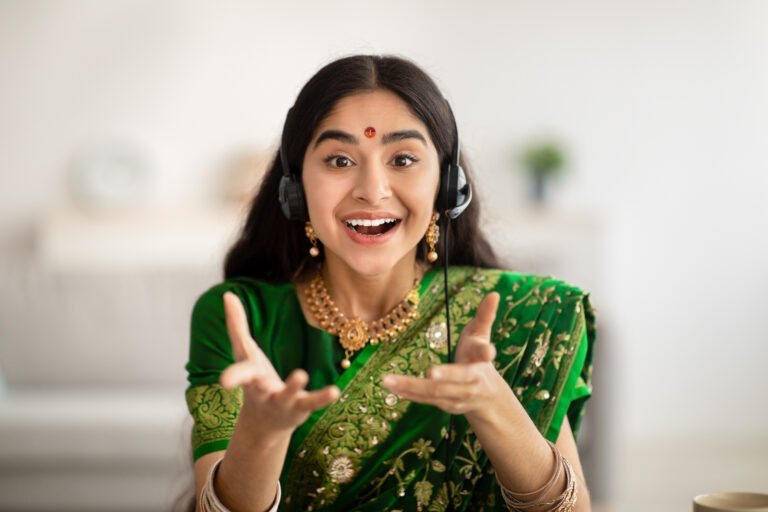
3. 🎶 Learn and Practice Alankars (Patterns of Notes)
Alankars are note patterns sung in rhythm. They build flexibility and help you get comfortable with swaras.
Start with simple ones:
Sa Re Sa Re, Ga Ma Ga Ma…
Sa Re Ga, Re Ga Ma, Ga Ma Pa…
Practice alankars slowly first, then increase speed. Always stay in tune.
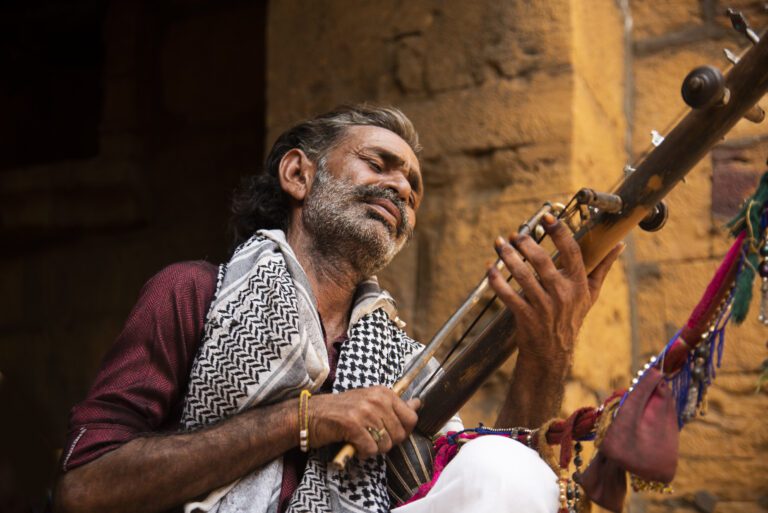
4. 🪷 Understand and Practice Ragas (Melodic Frameworks)
Ragas are the soul of Hindustani music. Each raga has its own mood, time, and character.
Start with beginner-friendly ragas:
Raga Yaman
Raga Bhupali
Raga Kafi
Learn their Aaroh (ascent) and Avroh (descent), and sing simple compositions (Bandish) with your teacher’s help.
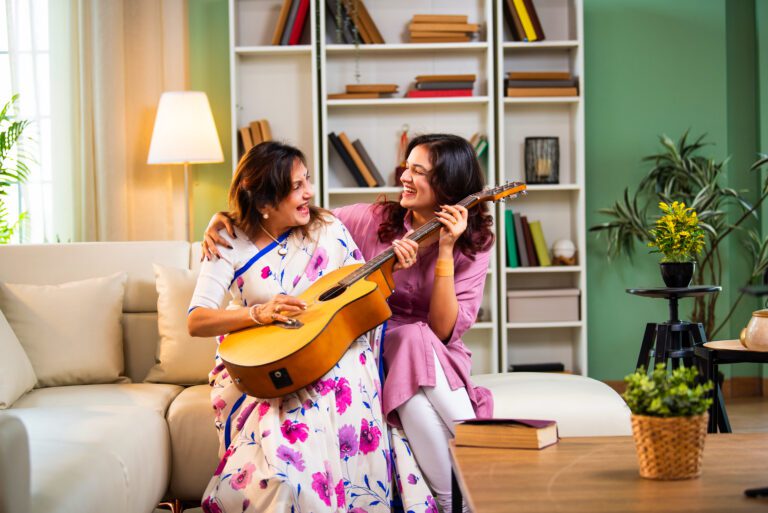
5. 🧘♀️ Practice Every Day – Even for 20 Minutes
Consistency matters more than long hours. Daily riyaaz (practice) helps your voice grow strong and expressive.
Try this schedule:
5 min – Swar Sadhana
5 min – Alankars
10 min – Raga or Bandish practice
Record yourself once a week to track progress and boost confidence.
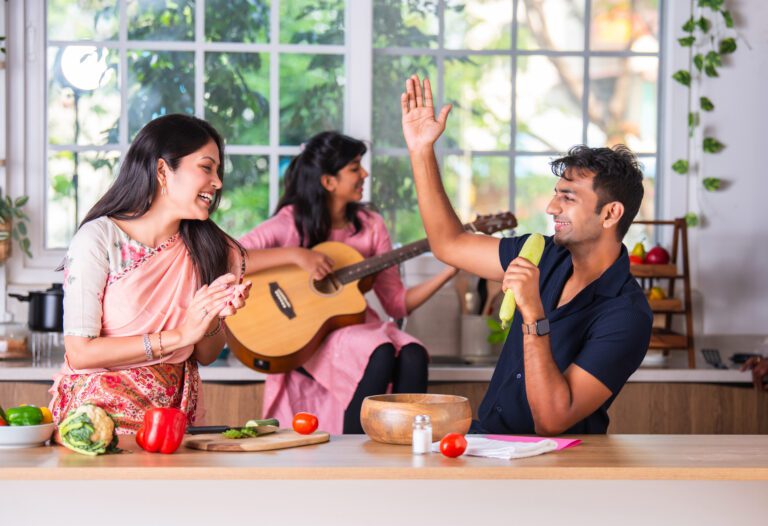
6. 👂 Train Your Ears (Ear Training or Shruti Gyaan)
Hindustani music is all about listening—to the tanpura, your voice, and the subtle changes in notes.
You can:
Sing along with recordings of great maestros
Match swaras with harmonium or keyboard
Identify note differences by ear
The more you listen, the better you sing.

7. 🧑🏫 Learn from a Guru (Teacher Guidance is Key)
Hindustani music is traditionally taught through Guru-Shishya Parampara. While online learning is modern, personal teacher feedback is irreplaceable.
A good teacher will:
Correct your pitch and tone
Help you improve faster with structured feedback
At The Mystic Keys, our Hindustani vocal teachers are experienced, patient, and guide students step-by-step from beginner to advanced levels.
🌟 Final Note
Train for Hindustani Singing it’s a beautiful and spiritual journey of training your voice for Hindustani classical music. It takes patience, love for music, and regular practice—but the results are magical.
Every note you sing with sincerity brings you closer to the art and to yourself.
🎤 Ready to Begin?
Join Hindustani classical vocal classes at The Mystic Keys:
🎧 One-on-one online lessons
🎵 Personalized guidance from expert teachers
📍 Flexible schedules & full support for beginners
📽️ Class recordings for revision
📞 Book your free trial session today:
🌐 The Mystic Keys
For more information and exciting resources about learning music, visit our website at The Mystic Keys. For more music content and exciting offers follow us on
Facebook, Instagram, YouTube, LinkedIn, Twitter, Pinterest, and Threads,




